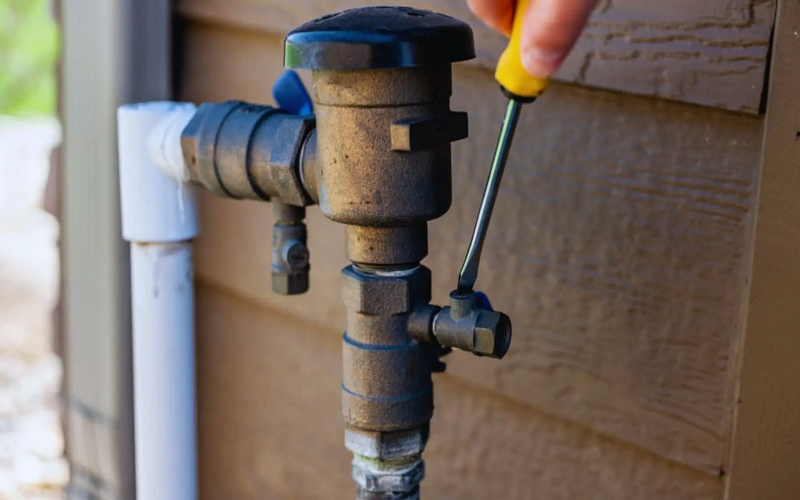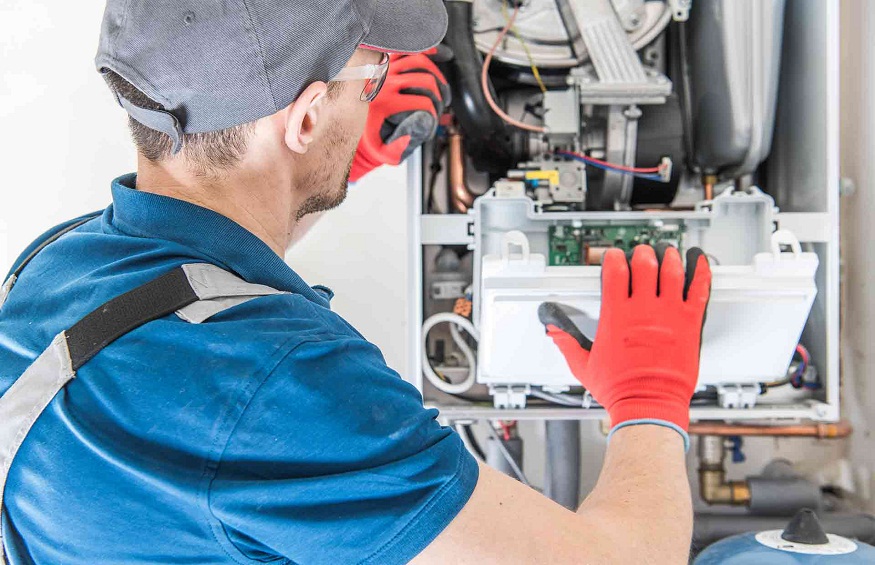Though plumbing troubles usually seem confined to a burst pipe or a defective water heater, water contamination or disruption of ecosystems caused by such events of emergency may match one that happened far away. Discharging harmful chemicals through the waterways to discard valuable freshwater resources and plumbing incidents might be subjected to environmental degradation to a significant extent. Acknowledgment of these catastrophes’ nature and the impacts they create is essential when it comes to planning mitigation measures and implementing a sustainable manner of water distribution.
Here’s a comprehensive discussion of some of the key environmental impacts:
Water Waste: Water consumption during a plumbing failure sits to be the most prominent effect. The leaking valve, broken pipeline, or inappropriate utilization will lead to tremendous water wastage. Water rationing is encouraged in the world’s regions where water shortage is already an issue. However, this careless waste only gets worse. With each water drop that gets leaked, the energy that goes to purify and supply is consumed, thus adding to the environmental footprint. Here is why hiring emergency plumbing services is vital.
Contamination: When plumbing failures occur, it may be hard to protect water sources and, therefore, avoid possible contamination. For instance, the sewage overflow confines other water bodies, soil, and groundwater to suffer the consequence of soiling the lives of aquatic lives and even human health in the long run unless it is remediated timely and effectively. Various chemicals and substances used for cleaning processes or other materials for water loss incidents may seep into the environment and continue to work harmful for decades.
Energy Consumption: Energy needs to move water from groundwater reserve networks and treat it as big. Plumbing failures, e.g., water wastage or contamination, can provoke energy consumption dimensions. Another factor that fleshes the energy consumption in the limiting and repairing plumbing infrastructure, plus in the cleanup process, is still a contributor to the environmental impact. This often leads to increased sources of power, which are polluting andadd to greenhouse gas emissions and climate change.
Habitat Destruction: Water leaks or flooding that might result from encounters with plumbing snafus are inextricably linked to the ecosystem damage of urban and natural environments. Together with urbanization, the rivers and wetlands can be overwhelmed by floods, which disrupt ecosystems and destroy the habitats of plants and animals. In natural environments, flooding may be followed by erosion, sedimentation, and alteration of waterways. Those affected by such changes may ensure the existence of those streams andtheir inhabitants.
Chemical Pollution: The chemicals used in construction materials, such as PVC pipes and lead solder, can sometimes leak or break in the case of a plumbing emergency. Furthermore, household cleaning products and pesticides in areas also affected by the environmental incident may pollute the environment, and other chemicals can also be released. Such chemicals may pollute water, deplete soil quality, and contaminate plant and animal health.
Microbial Pollution: Sewage comebacks or leaks may cause pathogens to discharge into the environment, increasing the chances of spreading pathogens to humans and ecosystems. Bacteria, viruses, and parasites found in sewage can contaminate aquatic life and groundwater, spoiling it,hence the transmission of waterborne diseases and, possibly, causing massive die-offs of aquatic creatures.
Long-Term Environmental Degradation: Yet, the consequences of a plumbing issue may be beyond immediate fixes and with chain reactions to have long-term environmental consequences. Consider water pollution as an example, which may last for several years of affected ecosystems partly recovering. Habitats of vegetation may undergo irreversible changes that affect biodiversity, and contaminants from industries can permeate the environment, concentrating within a particular trophic level, therefore continuing to pose a risk to all living organisms.
Final Thoughts
Reducing the adverse effects of the plumbing emergency necessitates a multifaceted strategy comprising preventive, mitigative, and restorative measures. Adopting sustainable water management approaches, funding durable infrastructure, and advocating for people to use water responsibly can help decrease the environmental “printing” of plumbing systems and prevent unforeseen cases such as leaks, worn-out pipes, etc. Besides, rapid and efficient response tactics, like proper site cleanup operations and restoration of the affected area, are important for mitigating environmental damage and for faster ecosystem revival.


